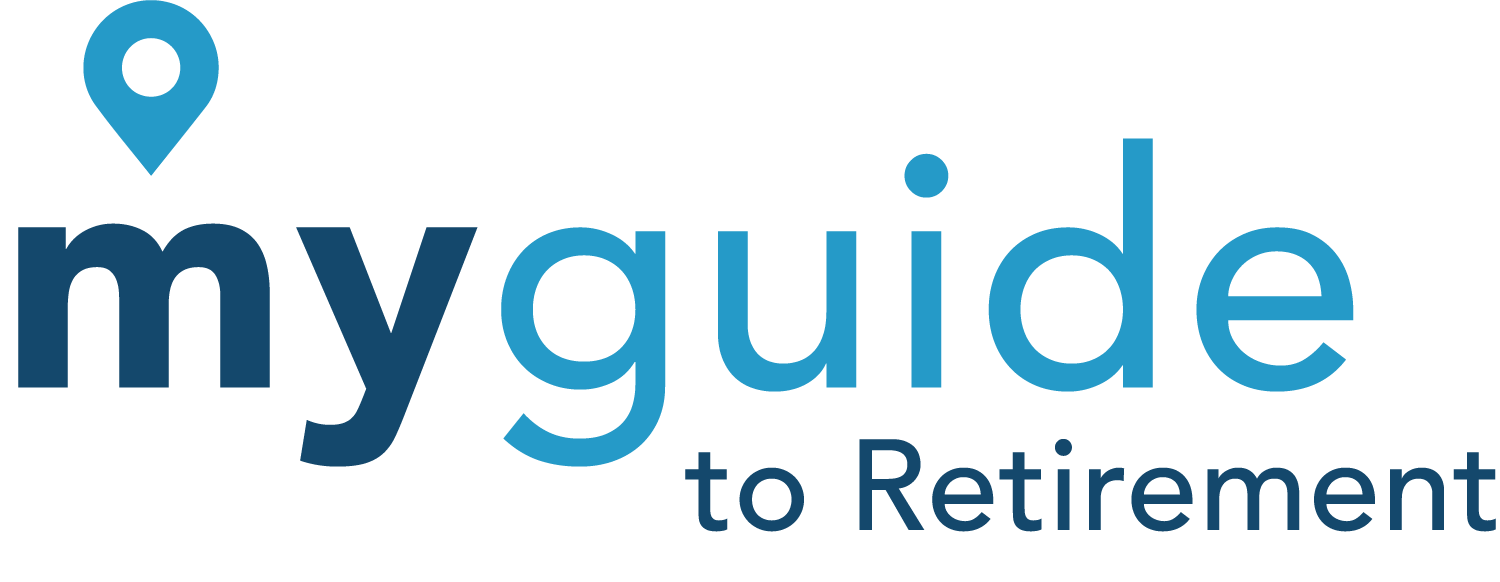

Compare senior living options, costs, and funding sources to plan for retirement. Learn about care types, pricing factors, and financial assistance.
How Much Does an Assisted Living Home Cost?
When you picture retirement, where do you see yourself living? Whether it’s a cozy apartment in an independent community or a care-focused facility, knowing the costs upfront can help make that vision a reality. Prices and services vary widely, and the right fit depends on your lifestyle, health, and budget.
Let’s take a closer look at what different retirement housing options cost, and what those costs cover.
Types of Retirement Homes and What They Cost
What you pay for your retirement home depends on the kind of care you need. Here’s how the costs and fees shake out for different kinds of retirement homes.
Independent Living
Average Monthly Cost: $1,500 – $4,000
If you’re an active senior who doesn’t need medical care but would appreciate the convenience and social activity of a senior community, independent living can be a great choice. These communities offer private apartments or cottages with access to shared amenities such as:
- Daily meals in a central dining area
- Organized social activities and outings
- Light housekeeping and maintenance services
Many independent living facilities also provide transportation, on-site fitness classes, and community centers that encourage connection and engagement. Since no personal care or medical assistance is included, independent living is often one of the most affordable options in senior housing.
Assisted Living
Average Monthly Cost: $3,000 – $6,000
Assisted living combines independent living and full-time nursing care. It’s best if you need help with daily tasks like bathing, dressing, or managing their medication, but don’t require 24/7 medical supervision. Most assisted living communities include:
- Personal care services (help with ADLs – activities of daily living)
- Medication management and wellness checks
- Nutritious meals served daily
- Housekeeping and laundry services
- Scheduled transportation and social events
The average cost of assisted living can also differ depending on where it’s located. If the facility is in an urban area, or if it’s located in a state with a higher cost of living, the costs will naturally be higher. In addition, assisted living costs can be higher depending on the level of care you need.
Continuing Care Retirement Communities (CCRCs)
Entrance Fee: $100,000 – $1 million
Monthly Fees: $2,000 – $7,000
Continuing care retirement communities (CCRCs) offer a tiered model of care, allowing residents to transition from independent living to assisted living or skilled nursing care depending on their needs — all within the same community. This model is ideal if you want long-term stability and the ability to “age in place.”
Residents typically pay:
- A hefty, one-time entrance fee that secures their spot and funds future care
- Ongoing monthly fees that vary based on services, residence type, and level of care
CCRCs often resemble small campuses and offer amenities, such as fine dining, fitness centers, art studios, walking trails, and lifelong learning programs. While the upfront costs are steep, they provide peace of mind if you want a comprehensive, long-term living solution.
What Drives the Cost of Senior Living Homes?
The cost of senior living varies widely. Even slight differences in care or amenities can lead to major shifts in monthly expenses.
Here are the main factors that influence the cost of senior living:
- Location: Urban communities and those in high-cost states (like California or New York) typically charge more than those in rural areas or lower-cost states (like Iowa or Arkansas).
- Level of Care: Independent living is the most affordable. You’ll need to pay more for assisted living and memory care due to increased medical support, personal care, and staff involvement.
- Amenities: Features like private rooms, upgraded dining, fitness centers, salons, and concierge services add to the overall cost.
- Pricing Structure: Some communities offer all-inclusive pricing, while others charge à la carte for each service, making it harder to compare options side by side.
Because providers bundle these services in different ways, look closely at what’s included before making a decision.
Breaking Down the Common Costs
Understanding how senior living communities structure their fees is just as important as knowing the overall price. Below are the three most common types of costs you’ll encounter and what they typically include.
Entrance Fees
Entrance fees are most commonly associated with continuing care retirement communities (CCRCs) and some luxury assisted living facilities. These are one-time, upfront payments required upon move-in. They can range in price from $100,000 to $1 million, though the national average is $300,000.
Some entrance fees are refundable, meaning you or your estate will receive a portion back if you leave the community. Others are non-refundable, functioning more like a buy-in that guarantees long-term access to care and services. Make sure you know whether your entrance fee is refundable or not, so you’re not surprised if you have to leave unexpectedly.
Monthly Fees
Almost all senior living communities charge monthly fees, but what’s included varies. Typically, the base monthly cost covers:
- Rent
- Utilities
- Meals
- Housekeeping
- Access to community amenities
However, services like personal care, medication management, or transportation may be considered extras, leading to higher monthly charges.
Many communities use a tiered or sliding scale model, where fees increase with the level of care provided. A resident who only needs occasional assistance will pay less than someone requiring daily support or memory care.
Additional/Unexpected Charges
On top of entrance and monthly fees, many communities tack on extra costs that can surprise residents and their families. These additional charges often include:
- Medication management or pharmacy delivery
- Personal laundry services
- Private caregiving or one-on-one support
- Transportation to medical appointments or off-site events
Some communities bundle everything into an all-inclusive monthly rate, while others charge separately for each service. Be sure to ask how pricing works and look closely at the contract, so you know exactly what’s covered and what might cost extra down the road. That way, you can plan your budget with fewer surprises.
Financial Assistance and Funding Options
Paying for senior living can feel overwhelming, but a variety of financial tools and assistance programs can help offset the cost.
Long-Term Care Insurance
If you have long-term care insurance, it can help cover the cost of some of the services associated with senior living facilities. This includes assistance with daily activities, personal care, and some forms of nursing or memory care — any of the services that traditional health insurance policies may not carry. Policies vary, but many cover in-home care, assisted living, and skilled nursing facilities.
To avoid costly premiums, it’s best to buy long-term care insurance when you’re in your 50s or early 60s, while you’re still healthy and premiums are lower. Waiting too long can result in higher costs or disqualification based on medical history. Be sure to review coverage limits, benefit periods, and inflation protection when comparing plans.
Medicaid and State Assistance
Medicaid offers support for low-income seniors, but coverage for assisted living varies by state. In some states, Medicaid may cover basic personal care services through waiver programs or managed care initiatives, while in others, benefits are limited or unavailable for certain types of communities.
To qualify, you’ll need to meet income and asset requirements, which also differ by state. Many states allow you to “spend down” assets to become eligible. A financial advisor or elder law attorney can help you learn more about your eligibility, as they’ll know more about your state’s specific rules.
Veterans Benefits
If you or your spouse served in the military, you may qualify for financial assistance through the VA Aid and Attendance program. This benefit provides monthly payments on top of your VA pension to help cover the cost of assisted living, in-home care, or skilled nursing.
To qualify, veterans must meet service, income, and medical criteria. The application process can be complex, so consider reaching out to a VA-accredited agent or veterans service organization for help navigating it. Once approved, these benefits can significantly reduce out-of-pocket expenses.
Annuities and Other Investment Tools
For retirees looking to turn assets into reliable income, annuities can be a helpful tool. These insurance products convert a lump sum into monthly payments, which you can use to cover senior living expenses.
There are many types of annuities — some provide lifetime income, others pay for a set period — so choose one that aligns with your care needs and financial goals. Other investment tools, like trusts or reverse mortgages, may also play a role depending on your overall financial picture.
Planning Ahead for Peace of Mind
Navigating the costs and care options of senior living can feel overwhelming, but starting early makes all the difference. Whether you’re planning for yourself or a loved one, having a clear understanding of the different types of retirement communities, what they offer, and how much they cost can help you make more confident, informed choices.
Before making any decisions, compare multiple facilities and care models. Look closely at what’s included in the pricing, ask detailed questions, and consider both current needs and how they might change in the future.
Don’t wait until it’s urgent to plan. The more time you give yourself to prepare, the more options you’ll have, and the more peace of mind you’ll gain.
Want help navigating your options? Sign up for our free newsletter to learn more about senior living costs and creating a personalized retirement plan that fits your budget.
FAQs About The Cost Of Assisted Living Homes
The national average cost of assisted living in the U.S. is around $4,500 per month, though this varies significantly based on location, services, and the type of community. Some states average closer to $3,000, while high-cost urban areas can exceed $7,000 per month.
Assisted living provides help with daily tasks like bathing, meals, and medication, but doesn’t offer 24/7 medical care. Nursing homes (also called skilled nursing facilities) are designed for people who need ongoing medical monitoring and support from licensed healthcare professionals.
No, Medicare does not cover room and board in assisted living facilities. However, it may cover certain medical services provided within the facility, such as physical therapy or skilled nursing care if medically necessary.
In some cases, yes. If a doctor certifies that a resident is chronically ill and receiving care as part of a treatment plan, a portion of assisted living expenses may qualify as a medical tax deduction. It’s best to consult a tax professional.
No. Entrance fees are typically required only in Continuing Care Retirement Communities (CCRCs) or luxury senior communities that promise lifetime care. Many assisted living facilities charge monthly fees only, without significant upfront costs.
Some ways to reduce costs include choosing a facility in a more affordable area, selecting a shared room instead of a private one, or using benefits like Veterans’ Aid and Attendance, Medicaid (where available), or annuities to help cover monthly fees.
Start Planning Today for a Secure and Healthy Retirement
Use the free tools and resources at My Guide To Retirement to plan a comfortable and fulfilling retirement, according to your specific financial and health goals.

